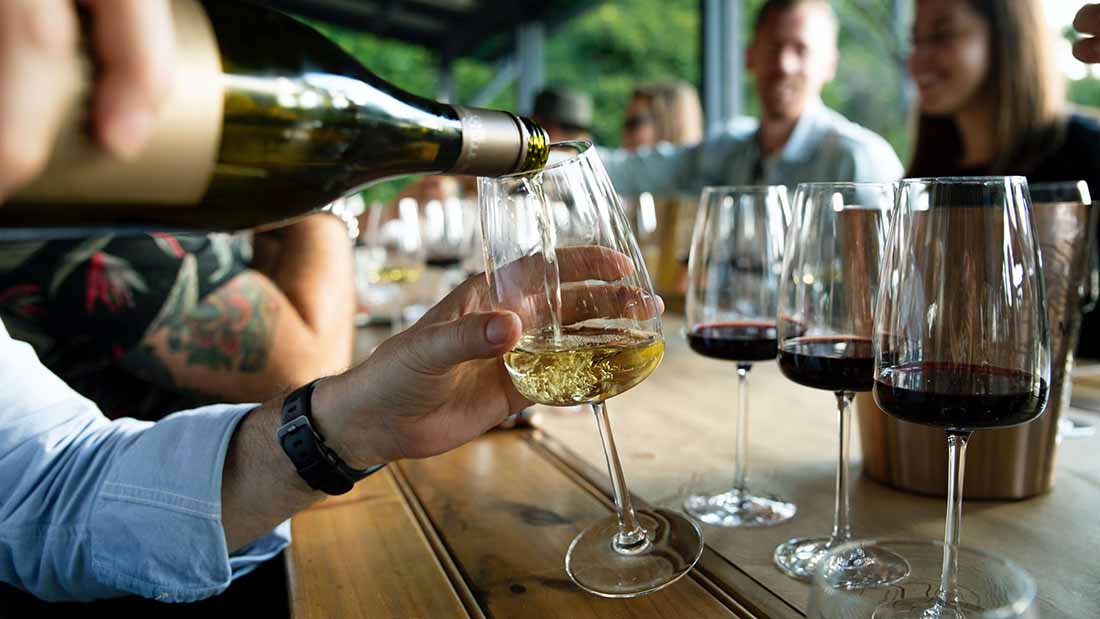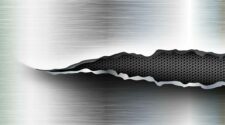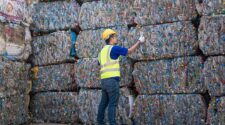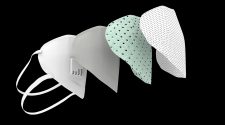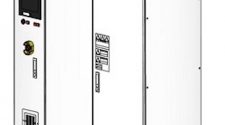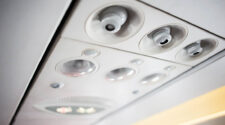It has been estimated that over a trillion liters of wine have been filtered using the flat filter cellulose sheet media of Seitz, a company founded by the two brothers of that name specifically to address the issue of the secondary fermentation of wine in Bad Kreuznach, Germany, back in 1887.
Since the 1990s, Seitz has been part of New York-headquartered Pall Corporation, which now leads the field in the supply of crossflow wine clarification systems, with over 1,500 of its Oenoflow installations around the world.
Clarification
Preserving a wine’s taste and intensity of flavor while maintaining its uniqueness involves a series of processes to remove contaminants including crystals, treatment residues, organic aggregates, bacteria and yeast, that can all significantly impact quality.
Clarification is the primary filtration step in the winemaking process in which yeasts and other particles from fermentation and fining are removed to reduce turbidity and improve downstream processing.
Designed for initial clarification and protein stabilization, the latest Oenoflow PRO XL-A unit meets the needs and requirements of large wineries and bottlers in a single step process, without the need for filter aids and centrifugation and with no significant impact on the organoleptic characteristics of the wine. By increasing yields, reducing waste volumes and maintaining more consistent filtrate quality, the fully automated system provides a cost saving and sustainable alternative to traditional wine clarification methods.
It is based on Pall’s hollow fiber membranes which have the mechanical strength and chemical resistance enabling high productivity and repeated exposure to aggressive cleaning regimes. The large surface area modules enable compact systems to be configured with low water and chemical consumption in line with winery conservation programs.
Lees Filtration
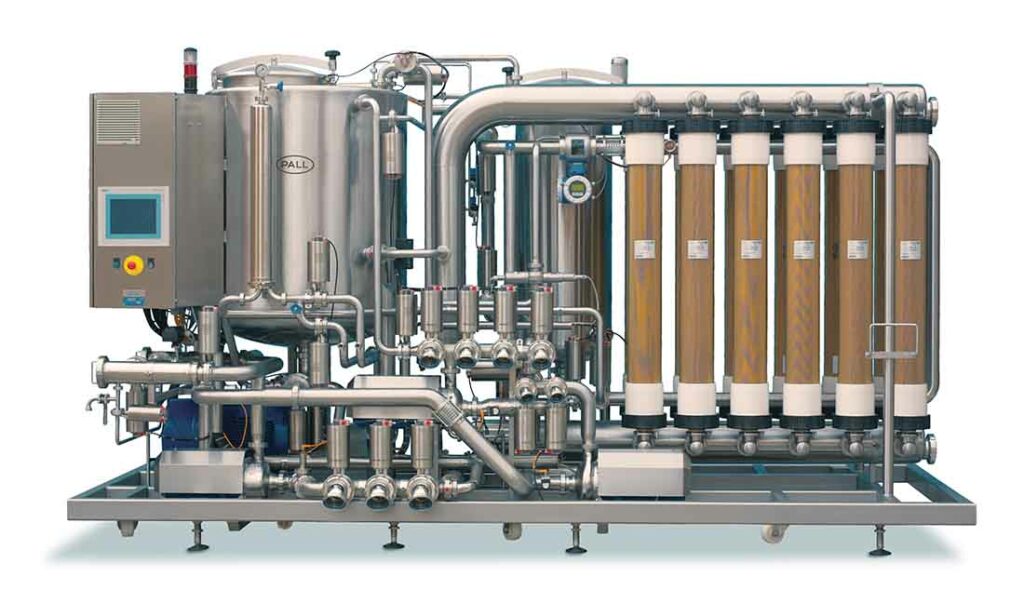
The sediment at the bottom of juice, fermentation or fining vessels is known as lees and can represent up to 10% of a winery’s total volume. Its recovery from wine and juice represents one of the most challenging forms of filtration faced by wineries.
Pall’s Oenoflow HS unit has been specifically designed for this process, again exploiting the properties of hollow fiber membranes.
Traditionally, lees filtration is performed with Diatomaceous Earth (DE)-based filtration systems such as rotary vacuum drum (RVD) or chamber press filters.
While DE systems can handle high solids, however, their open design allows for oxygen pick up which can affect quality and the recovered wine often needs further processing. Typically, it will be downgraded in value and used in blends instead of being added back to the original batch. In many small and mid-size wineries, the lees volume from a single batch is also often too small for processing with an RVD and in such cases the wineries will delay processing the lees and wait to accumulate an appropriate volume, missing the opportunity to recover high value product.
DE-based technologies can also involve the generation of significant waste which is avoided using Pall’s hollow fiber membrane alternative.
The sediment at the bottom of juice, fermentation or fining vessels is known as lees and can represent up to 10% of a winery’s total volume. Its recovery from wine and juice represents one of the most challenging forms of filtration faced by wineries.
Polishing
Even after primary clarification, stabilization and maturation, fining agents, crystals, colloids and bacteria may still be present in the wine and a polishing filtration process step is designed to remove these particles and ensure that a final filtration step – to remove unwanted microbial contaminants immediately prior to bottling – is successful.
The polishing step is carried out with Seitz K Series filter sheets for a combination of surface, depth and adsorptive filtration.
If a wine has recently been clarified with a crossflow filter or other clarifying filter, polishing may not be needed prior to final filtration, but when the time between the wine clarification and bottling longer it is necessary.
Protein stabilization and clarification are two further critical steps to satisfying consumer expectations for a bright wine. While both steps prevent haze formation, one to remove heat sensitive proteins, the other suspended solids, the traditional commercial processes are typically carried out in consecutive phases. With Pall’s latest Oenoflow PRO XL System and Oenofine fining agents, wineries can now combine these operations in a single cost saving process step.
Final Filtration
Final filtration ensures the removal of wine spoilage organisms that can cause refermentation, off flavors or turbidity post bottling. The typical wine spoilage organisms include yeasts, lactic bacteria and acetic bacteria.
This last filtration step prior to bottling is the most critical and filter media of pore sizes between 0.45 µm and 0.65 µm are employed.
DE-Free Brewing
Pall’s expertise also extends to brewing beer, and in recent years the technologies in use for beer filtration and clarification have also been switching from old style kieselguhr DE systems to modern crossflow membrane filtration, bringing major advantages.
The PROFi system, developed by Pall in a cooperation with GEA Westfalia Separator in Germany, combines a high performance centrifuge with a zero retentate crossflow membrane filter unit to provide efficient, DE-free clarification of beer.
Stabilized beer from fermentation/maturation is pre-clarified with the high efficiency centrifuge which ensures gentle treatment of colloids and minimal oxygen pick-up. Bulk yeast is separated from the beer and discharged with a high percentage of dry solids. This membrane pre-clarification delivers longer filtration cycles and enhanced system economics.
Fine filtration of beer in the membrane unit is continuous, due to membrane blocks alternating in filtration and regeneration. This ensures constant filter availability and smaller system sizing, reducing both capital and operating expenses.
Pall Crossflow membrane systems for beer filtration and clarification provide breweries today with a sustainable process that keeps the beer characteristics unchanged from keg to keg and bottle to bottle.
Smart Beer

Following success in achieving enhanced efficiency and cost savings for winemakers with its latest Internet of Things (IoT) developments, a recent Pall introduction for breweries, is BeerIoT, a power-
ful tool for collecting and handling data and information.
Historically, it has been difficult to access and evaluate meaningful data in breweries in real-time, in order to address potential issues before they impact product quality.
The beer-making process is complex, with high-quality standards set to preserve the specific taste and flavor of a particular brew and large-scale breweries have the added challenge of maintaining consistency across multiple sites.
Pall BeerIoT provides easy access to accurate, quantifiable data on various devices to enables real-time decision-making for process optimization.
Typical examples of digital data analytics include specific consumption in terms of water, cleaning agents, electricity, membrane life and performance data such as the degree of utilization, efficiency and downtime.
Pall’s IoT tool also provides data on quality in respect of oxygen uptake, color, original extract and haze, as well as cost values for water, cleaner, membranes, electricity and beer loss.
Along with quality and efficiency gains, IoT can support sustainability initiatives by tracking volumes of water used during the process, helping identify where to reduce water usage. By pairing IoT with a membrane filtration system, brewers are able to identify more areas to optimize machine performance which leads to a reduction of overall energy usage during production.
In addition to the real-time data, the IoT tool can analyze trends such as historical reviews, brand-related influences, raw material impacts and other factors influencing production. The ability to benchmark against other installations within a brewery group and the industry average are also available.


